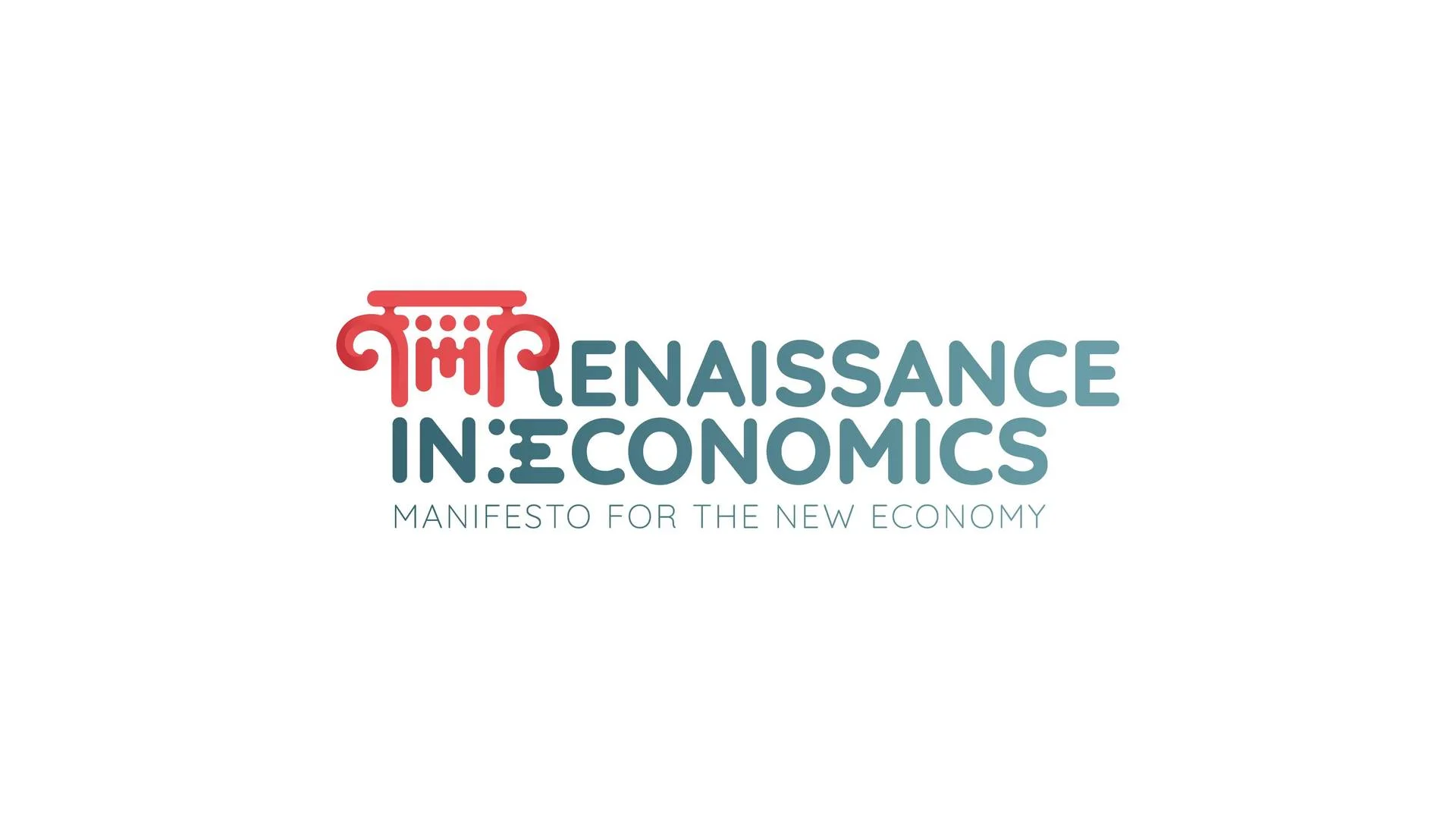Economics Terms A-Z
Excludable Goods
Read a summary or generate practice questions using the INOMICS AI tool
Ordinarily, people buy goods in the market, and then they consume those goods for themselves. This increases their utility and generates consumer surplus. Usually, this process only requires a willing consumer and producer who agree upon a price. Other individuals aren’t benefited or harmed from this exchange (unless externalities are present), nor can they enjoy the good or service that the buyer paid for (unless the buyer gives it away as a gift).
When goods can only be enjoyed by the buyer – or the intended gift recipient – after it’s been paid for, as is the case for most goods, the good is considered excludable.
It might seem that almost every good is excludable. After all, when you buy something, it’s yours to use. But, there are goods where access by non-payers cannot be prevented, often because it is prohibitively expensive to do so. Economists call these non-excludable goods.
Examples of non-excludable goods include many publicly available goods and services, like public roads, beaches, and national defense. These are widely accessible to everyone, even to people who don’t pay for the good or service in question, and it is prohibitively difficult to prevent any specific individuals from accessing them. For example, although some individuals dodge or underpay their taxes, they still benefit from their nation’s national defense spending, and can’t be easily excluded from that. And they can still access public roads at any time.
Likewise, air is nearly impossible to exclude from specific individuals. Air is present everywhere and is necessary for life. To charge for the right to breathe air would be very difficult to enforce, probably more trouble than it would be worth, and (of course) morally wrong.
When goods are non-excludable like this, it can create certain problems. For instance, a Tragedy of the Commons situation may arise when a shared space is overused. Because nobody can be prevented from using it, ownership is unclear, so there is a lack of responsibility in cleaning and maintenance of that space. Over time, the space deteriorates due to overuse and neglect.
An example of a non-excludable resource that might experience a Tragedy of the Commons situation is fish in a lake. As more people fish in the lake, there are fewer fish for others to enjoy. The water might also become more polluted from fuel runoff and plastic waste products as people carelessly use the space. But, it is extremely difficult and probably not feasible to prevent specific individuals from going to the lake and fishing.
Of course, much of the time goods have limited access that is enforceable. This means that the only way to enjoy the good is by paying for it; those who do not pay cannot access the good (again, unless someone else pays and gifts it to them), and it’s easy enough for the producer to prevent non-payers from accessing the good.
Examples include golf club memberships, cable TV subscriptions, bananas, and shoes. You cannot legally enjoy a Nike Air Jordan shoe without first buying it, and it’s easy for Nike to prevent you from wearing Air Jordans unless you pay for it. Thus, shoes are an excludable good.
Good to Know
While the distinction between excludable and non-excludable may seem cut and dry, it’s possible that non-excludable goods can become excludable. And, different goods might be more or less excludable than others. To continue using the lake example, a lake located on publicly accessible land would be non-excludable as discussed.
However, if the land was purchased, made private, and fenced in, that same lake could be considered excludable. This process would probably be expensive, though it is technically possible; many resorts, golf clubs, or wealthy landowners enjoy private property that may feature a lake. Small bodies of water are typically excludable in this manner.
But, very large lakes would probably not be worth fencing in or blocking off due to their size. Therefore, one would expect a large body of water to be “more excludable” than a small one, despite the fact that both could theoretically be fenced off. This is often the case with excludable goods – some are more excludable than others. When economists describe a good as excludable it’s often not worth the cost of preventing others from accessing the good – even if it’s theoretically possible.
Further Reading
Excludability is just one characteristic that defines certain types of goods. Another closely related concept is rivalry. Together, rivalry and excludability define four categories of goods: public goods, private goods, common goods and club goods. Read the linked articles for more information on each of these.
-
- Assistant Professor / Lecturer Job
- Posted 2 weeks ago
Full-time assistant professor position in economics with a demonstrated interest in environmental economics
At University of Namur in Namur, Bélgica
-
- Workshop, Conference
- Posted 1 week ago
Call for Papers: 3° International Conference Renaissance in Economics 2026
Between 14 May and 15 May in Rome, Italia
-
- Escuelas de Verano
- Posted 4 days ago
BSE Summer School 2026: Economics, Finance, Data Science, and related fields
Starts 22 Jun at Barcelona School of Economics in Barcelona, España














